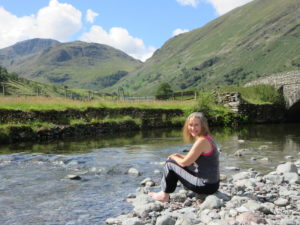It was a real pleasure to speak to students at Hertfordshire and Essex High School where I spent seven happy years. After telling students amusing stories of what I was like at school, I encouraged them to keep working hard to achieve their dreams.
It was great to see the following article in Bishop’s Stortford Independent.
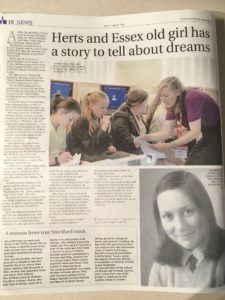 You can read the article here… bishopsstortford-herts-and-essex-newspaper.pdf
You can read the article here… bishopsstortford-herts-and-essex-newspaper.pdf
I was also honoured to be invited to speak at Bishop’s Stortford College and to read extracts from Kiss of the Tsunami. Janet Oldfield, House Mistress of Tee House, said, “Rachel shared her life story with us, encouraging us to always think positively and look at our disappointments as opportunities.”
This school photo is the only one I could find for the newspaper, probably because I hated the hairgrips I had to wear. There were floorboards in my bedroom, with a little knot hole just under my bed. Perfect for posting those horrid grips! Every night, I posted another grip, but the next morning, there was always a fresh supply of the dreaded things. There must be hundreds of brown hairgrips under those floorboards!
The article also says: “As a pupil at Herts & Essex, Rachel was known as creative but definitely not technical.” Very true: I failed every Maths exam apart from my O level! I’ve had a laugh looking through my old school reports. There seems to have been a theme running though my first year at Herts & Essex. My English report said: “Rachel’s work is lively and shows interest, but lacks concentration.” My entire year of Geography was summed up as: “Rachel must concentrate more!” I appear to have been a bit talkative in class and I often saw the funny side of a situation.
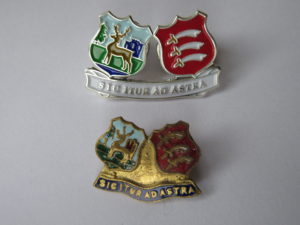
Maybe it would be interesting to write a ‘school report’ on each year of our life, like a mini diary entry. If we condensed a whole year into a few lines, what would we say? Some entries might be full of anticipation, excitement and achievement, but others might include pain and sadness. As the saying goes, life is a journey. I am glad that I kept my old school badge, as its positive message has always stuck with me: Reach for the stars!

 If you were going to talk in your old school, what story would you tell as an ice-breaker? It was great to be invited back to give an author talk last week. I could have told the students about the time when the headmistress had stared at us in assembly and said, “Someone has let down all the tyres in the bicycle shed!” When her gaze rested on me, I went bright red. It grew worse the more I thought that she suspected I was the one. But I wasn’t – I just used to blush easily.
If you were going to talk in your old school, what story would you tell as an ice-breaker? It was great to be invited back to give an author talk last week. I could have told the students about the time when the headmistress had stared at us in assembly and said, “Someone has let down all the tyres in the bicycle shed!” When her gaze rested on me, I went bright red. It grew worse the more I thought that she suspected I was the one. But I wasn’t – I just used to blush easily.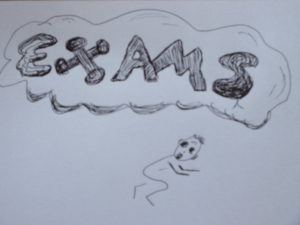



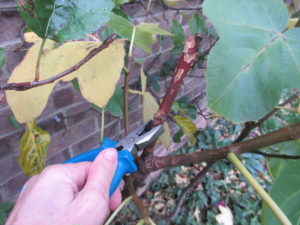
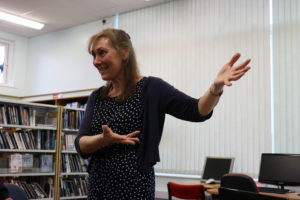 I tell pupils that my grandparents were the inspiration which lead me to start writing poems as a child, progressing to short stories, plays and novels. It is never too late to achieve your dream!
I tell pupils that my grandparents were the inspiration which lead me to start writing poems as a child, progressing to short stories, plays and novels. It is never too late to achieve your dream! At my first author talk, when a pupil asked me to sign his copy of my book, I was thrilled. I can remember queuing to ask Michael Morpurgo to sign his book and it is an honour to be on the other side of the table! Here I am enjoying a book signing event at the library.
At my first author talk, when a pupil asked me to sign his copy of my book, I was thrilled. I can remember queuing to ask Michael Morpurgo to sign his book and it is an honour to be on the other side of the table! Here I am enjoying a book signing event at the library.